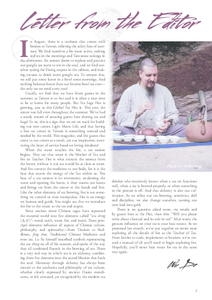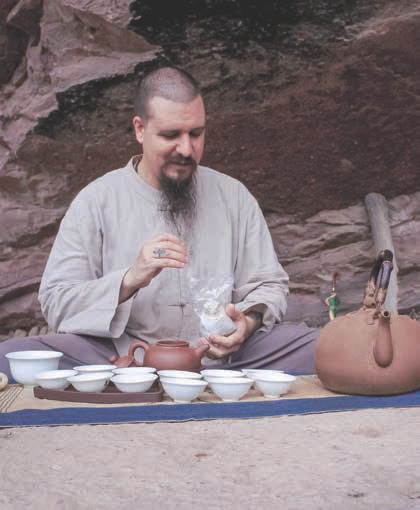
 |
|

In August, there is a coolness that comes with breezes to Taiwan, relieving the sultry heat of summer. We find ourselves a bit more active, seeking red tea in the mornings and Taiwanese oolongs in the afternoons. An earnest desire to explore and practice our gongfu tea starts to stir in the soul, and we find ourselves eyeing the Yixing teapots in the cabinet, and making excuses to drink more gongfu tea. To temper that, we still put some leaves in a bowl some mornings. And nothing balances better than our favorite bowl tea ever - the only tea we send every year!
Usually, we find that we have fewer guests in the summer, as Taiwan is so hot and it is often a nice time to be at home for many people. But Tea Sage Hut is growing, just as this Global Tea Hut is. This year, the center was full even throughout the summer. We've had a steady stream of amazing guests here sharing tea and hugs! To us, this is a sign that we are on track for building our new center, Light Meets Life, and that having a free tea center in Taiwan is something wanted and needed by the world. This magazine, and the guests that come to our center as a result, are our inspiration, motivating the heart of service based on loving-kindness!
When the water touches the fire, a tea session begins. They say that water is the Mother of Tea and fire its Teacher. Fire is what extracts the essence from the leaves; without it our tea would be as clear as water. And fire conveys the medicine to our body, for it is the heat that moves the energy of the Tea within us. The heat of a tea session is its movement; awakening the water and opening the leaves, it then warms our hearts and brings tea from the center to the hands and feet. Like the other elements of tea brewing, fire is not something we control or even manipulate. Fire is an energy we harness and guide. You might say that we introduce the fire to the water, to the tea and teapot.
Since ancient times Chinese sages have separated the material world into five elements called "wu shing (五行)": wood, earth, water, fire, and metal. These principal elements influence all aspects of Chinese culture, philosophy and spirituality - from Daoism to Buddhism, feng shui, Traditional Chinese Medicine and even tea. Lu Yu himself inscribed symbols representing the wu shing on all of his teaware, and spoke of the way they all combined fluently in the brewing of tea. There is a very real way in which tea is an alchemy, combining these five elements into the sacred libation that heals the soul. Harmony through alchemy has always been central to the aesthetics and philosophy of tea culture, whether clearly expressed by ancient Daoist mendicants, or left unstated, yet recognized by the modern tea drinker who intuitively knows when a tea set functions well, when a tea is brewed properly, or when something in the process is off. And that alchemy is also our cultivation. As we refine our tea brewing, sensitivity, skill and discipline, we also change ourselves, turning our own lead into gold.
There is no question asked more, via emails and by guests here at the Hut, than this: "Will you please write about charcoal and its role in tea?" After water, the greatest influence on your tea is your heat source. As we promised last month, we've put together an entire issue exploring all the details of fire as the Teacher of Tea. From kettles to coals, implements to braziers, we've created a manual of all you'll need to begin exploring fire. Hopefully, you'll never heat water for tea in the same way again.